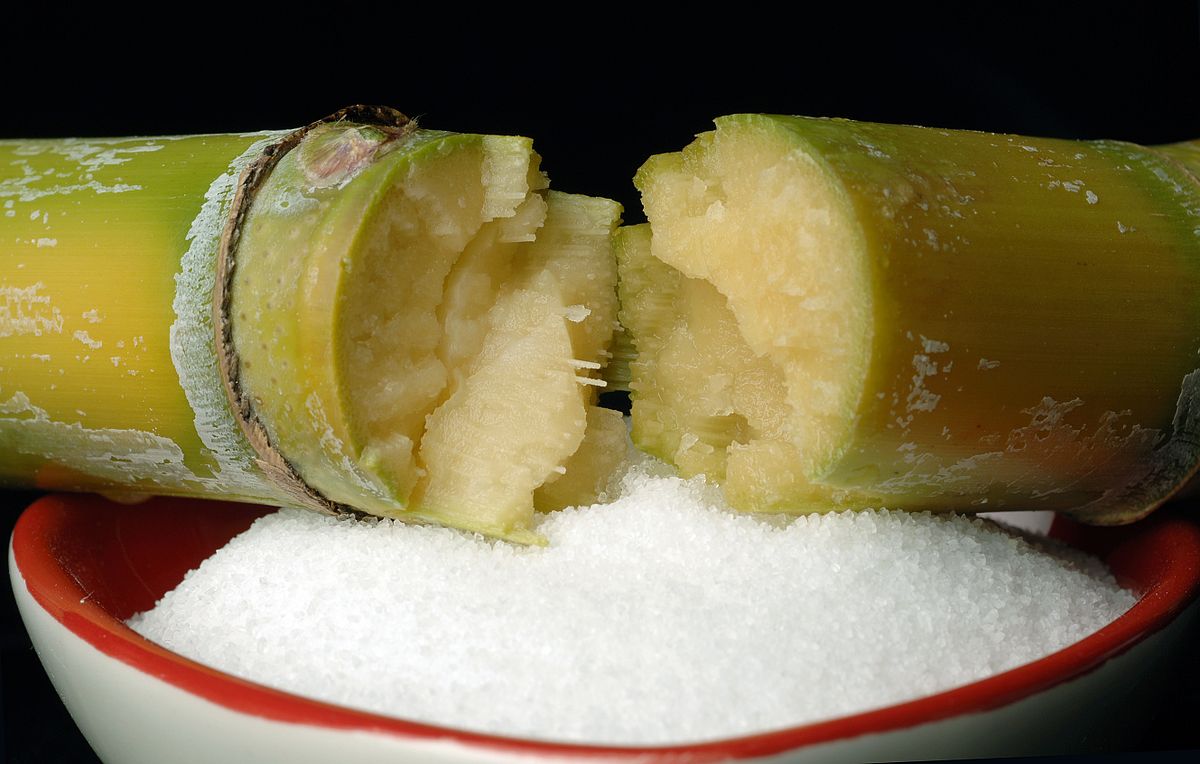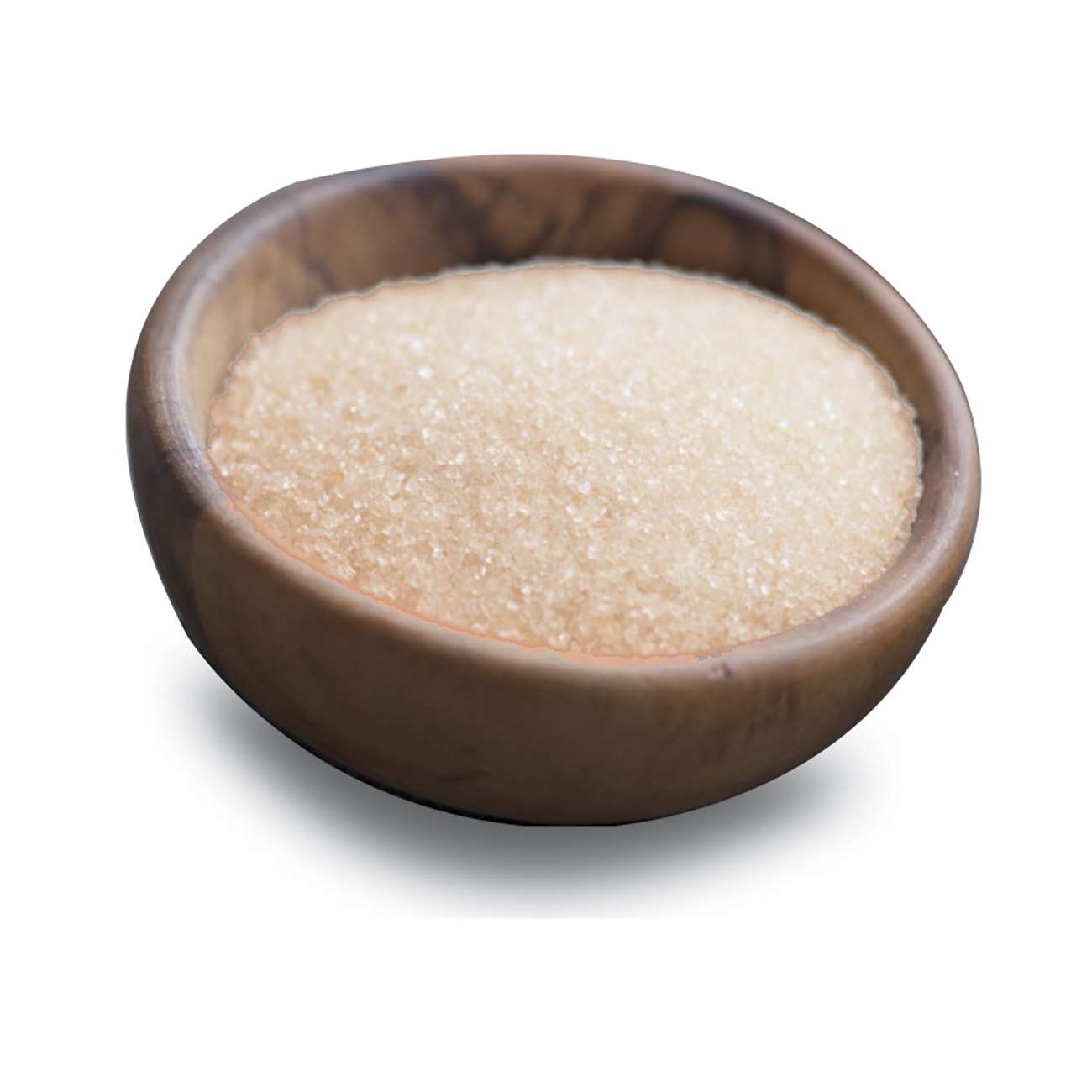Advanced Cane Sugar Processing: Enhancing Efficiency and Sustainability
Advanced Cane Sugar Processing: Enhancing Efficiency and Sustainability
Blog Article
A Comprehensive Guide to the Environmental Influence and Sustainability Practices in Walking Stick Sugar Processing
The environmental impact of cane sugar processing provides a complicated variety of difficulties that warrant cautious evaluation. From soil destruction and too much water use to the carbon impact linked with growing and manufacturing, the repercussions of conventional practices are far-reaching. What particular methods can be implemented to strike an equilibrium between efficiency and environmental stewardship?
Review of Walking Stick Sugar Handling
Walking stick sugar handling includes a series of methodical steps that transform sugarcane right into refined sugar. Initially, gathered sugarcane is delivered to processing centers, where it undergoes cleaning up to remove dirt and debris. Following this, the walking stick is squashed to draw out juice, which is after that cleared up by removing pollutants through home heating and the addition of lime.
The made clear juice undergoes dissipation, where water is removed to focus the sugar web content. This concentrated syrup is after that crystallized via cooling, enabling sugar crystals to create. These crystals are separated from the remaining syrup utilizing centrifugation, resulting in raw sugar. To accomplish polished sugar, the raw product undertakes further purification procedures, which might include washing and filtering to eliminate staying contaminations and shade.
The final product is then dried and packaged for circulation. Throughout this whole procedure, keeping efficiency and quality control is essential to make sure the sugar fulfills sector criteria. Each action in cane sugar processing not only adds to the final product but also has ramifications for source usage and waste generation, setting the stage for discussions on sustainability and environmental effects connected with sugar manufacturing.
Environmental Difficulties of Production
The production of cane sugar presents several considerable environmental difficulties that warrant interest. One main problem is the extensive use agrochemicals, consisting of chemicals and plant foods, which can bring about soil degradation, biodiversity loss, and contamination of regional water resources. The drainage from sugarcane areas typically lugs these chemicals right into neighboring ecosystems, disrupting water life and impacting the health of communities reliant on these water bodies.
One more difficulty is the high power consumption connected with sugarcane processing. The boiling and refining stages call for significant warmth, largely generated by burning fossil gas, adding to greenhouse gas discharges. Furthermore, the expansive acreage required for sugarcane farming can cause logging and environment damage, additional exacerbating environment adjustment and harmful wild animals.
Moreover, the labor practices in some regions raise moral problems, as employees may face poor working problems and poor incomes. This circumstance commonly perpetuates a cycle of poverty in neighborhood neighborhoods. Cane Sugar Processing. Addressing these ecological difficulties is crucial for creating more lasting practices in walking cane sugar manufacturing, eventually profiting both the environment and the areas associated with this market
Water and Land Usage Effect
Water sources and land use are crucial parts in the cane sugar market that considerably influence the atmosphere. The farming of sugarcane requires considerable water input, with price quotes suggesting that it can take in as much as 2,000 litres of water per kilogram of sugar produced. This intensive usage of water often causes depletion of local water resources, impacting not just the sugarcane haciendas but also bordering ecosystems and neighborhoods that depend on the very same water resources for farming and residential usage.

Furthermore, land usage for sugarcane cultivation can cause deforestation and the conversion of all-natural environments into monoculture haciendas. This method lessens biodiversity, disrupts neighborhood ecosystems, and adds to soil deterioration. The expansion of sugarcane areas frequently encroaches on useful farming land, creating competition for resources between food and biofuel production.
Lasting techniques, such as maximizing irrigation techniques and carrying out plant turning, are important to reduce these influences. By adopting extra reliable water use and land administration approaches, the walking cane sugar market can lower its environmental footprint, making sure an equilibrium in between agricultural productivity and environmental preservation.
Greenhouse Gas Emissions
Greenhouse gas exhausts stand for a substantial ecological problem within the walking stick sugar handling market, specifically as agricultural methods increase to satisfy international need. The growing of sugarcane, a plant that thrives in tropical climates, relies greatly on artificial fertilizers and chemicals, which contribute to laughing gas exhausts. Additionally, land-use adjustments, including deforestation for brand-new sugarcane plantations, release co2 kept in greenery and dirt.
During processing, power intake is one more major source of greenhouse go to my blog gas discharges - Cane Sugar Processing. Lots of sugar mills make use of nonrenewable fuel sources to power machinery and produce warmth, resulting in significant carbon impacts. Additionally, the transportation of raw sugarcane and finished products includes layers of exhausts through gas burning in vehicles
This involves assessing current farming practices, refining techniques, and transport systems to recognize areas for renovation and reduction. Addressing greenhouse gas emissions is important for cultivating a more sustainable walking stick sugar market in a transforming environment.

Lasting Practices and Innovations
Lasting practices and technologies are progressively essential in the cane sugar check my blog handling market as stakeholders look for to decrease ecological impacts while maintaining productivity. One significant development is the execution of integrated plant management, which maximizes resource use by incorporating dirt management, parasite control, and plant rotation methods. This strategy enhances return while lessening chemical inputs and maintaining dirt health and wellness.
Moreover, the adoption of renewable resource resources, such as biomass from sugarcane residues, has actually acquired grip - Cane Sugar Processing. By transforming waste items right into power, processing centers can lower their reliance on fossil gas, thereby reducing greenhouse gas exhausts
Water management methods have actually additionally seen improvements with the recycling and reusing of water in handling plants, considerably minimizing freshwater intake. Innovations in innovation, such as accuracy farming, enable farmers to keep track of crop wellness and source use more successfully, ensuring sustainable growing methods.
In addition, qualification programs like Fair Trade and Rainforest Alliance motivate ecologically liable farming techniques and advertise social equity within the supply chain. By welcoming these sustainable practices and developments, the walking stick sugar processing sector can boost its strength and contribute positively to environmental stewardship.
Conclusion
The environmental impact of cane sugar processing presents significant challenges, including dirt destruction, high water intake, and greenhouse gas exhausts, along with honest worries connected to labor methods. Attending to these problems through sustainable techniques, such as incorporated plant administration, renewable resource fostering, and water recycling, is crucial. By advertising ecologically responsible and socially equitable methods in sugar production, the sector can alleviate its unfavorable effects, ensuring an extra lasting future for both ecological communities and neighborhoods entailed in this industry.
Cane sugar handling includes a series of organized actions that change sugarcane into refined sugar. Each step in walking stick sugar processing not only adds to the last product yet additionally has ramifications for resource usage and waste generation, setting the phase for conversations on browse this site sustainability and environmental impacts associated with sugar manufacturing.
Greenhouse gas emissions represent a considerable environmental problem within the walking stick sugar handling industry, specifically as agricultural techniques expand to satisfy global demand.Lasting practices and technologies are progressively vital in the walking stick sugar handling industry as stakeholders look for to reduce ecological influences while preserving performance.The environmental effect of cane sugar processing provides significant difficulties, including soil destruction, high water usage, and greenhouse gas exhausts, alongside moral concerns associated to labor techniques.
Report this page